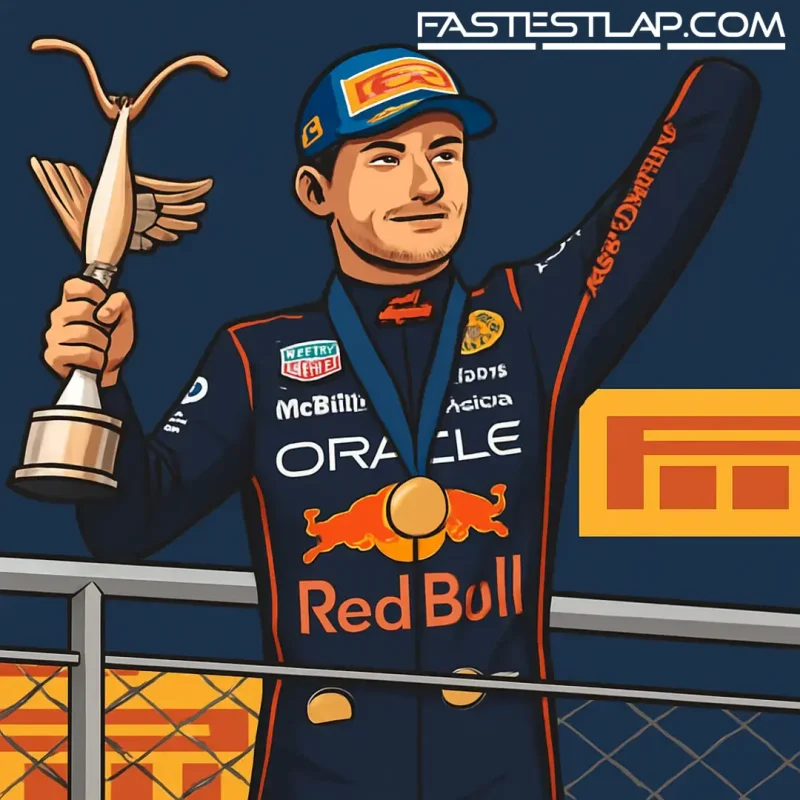Monza was the jolt Red Bull badly needed. Max Verstappen didn’t just win the Italian Grand Prix; he won it his way, from a pole lap built on a setup direction he pushed through despite internal doubts—and it might just mark Laurent Mekies’ first big fingerprint on the team since taking the reins.
It’s been a grind of a season for Milton Keynes. Fourth in the Constructors’ and starved of momentum, the RB21 has looked like a moving target for much of 2025. Verstappen admitted as much after qualifying, saying they’d been “shooting left and right” with setup from race to race. At Monza, he stopped the scattergun. He backed a low-drag philosophy, stuck to it, and turned pole into a controlled, almost old-school Verstappen win—their first since Imola.
The intrigue sits in how that decision was made. On Sky’s The F1 Show, David Croft suggested the change of team boss mattered. With Mekies now in charge after the post-Silverstone shake-up, Red Bull have a principal with an engineering backbone—and, crucially, the willingness to back his lead driver when the sims say otherwise. Croft’s read was blunt: Mekies “went into bat” with the engineers and ensured Verstappen’s feel carried the day.
Nico Rosberg, cautious as ever with Monza’s outlier status, still saw the same picture. The 2016 champion said Mekies’ technical fluency allowed him to referee the conversation—sim numbers on one side, Verstappen’s instinct on the other—and call it for Max. It’s exactly the kind of firm, engineering-literate leadership that can unlock a spiky car and a prickly season.
Mekies, for his part, played it down. Told of the praise in the media pen, he insisted his contribution to the win was “zero.” Maybe that’s humility, maybe that’s house style. Either way, the message out of Red Bull is that nothing fundamental has changed under the skin: the same technical group that worked under Christian Horner is still in place. What’s shifting, if you buy Croft’s thesis, is who carries the authority in those long, late meetings when a driver says the data’s missing the point.
None of this is a shot at Horner. Rosberg went out of his way to underline that, pointing out the obvious—Horner’s one of the great modern leaders of the sport. But Croft did frame a simple truth: in the heat of a setup debate, a team boss with engineering chops can sometimes cut through differently. At Monza, that counted in Verstappen’s favor.
Zoom out and the context is still stark. As per the current 2025 standings, Verstappen trails Oscar Piastri by 94 points with eight rounds to go. One Monza masterclass doesn’t rewrite a campaign, and Red Bull still need their other car to start hitting properly for the Constructors’. But this was the first weekend in a long time where the RB21 looked like a concept with a clear window—and a driver driving straight through it.
It’s also a reminder of Verstappen’s work pattern. Rosberg relayed a neat on-air anecdote about how often Verstappen’s been at the factory and in the simulator lately. It tracks with everything we’ve seen: even in a tricky year, his baseline is relentless, and when the team gives him a lane he trusts, he’s lethal.
Now for the caveats. Monza has always been a trick mirror. Low wing, long straights, big braking—it rewards conviction, not necessarily all-round excellence. The real test of Red Bull’s “breakthrough” is whether this setup clarity travels to the more nuanced corners of the calendar. Still, internally, weekends like this do more than ink a trophy: they shift the mood. If Verstappen’s voice is carrying again, and if Mekies is the conduit that ensures it does, Red Bull’s winter just got a lot less bleak.
One last point worth underlining: no one’s pretending this was a revolution in personnel. The car is being run by the same people, on the same tools. The difference at Monza was alignment—driver, pit wall, spreadsheet. F1 seasons swing on those weekends. Red Bull’s job now is to turn “outlier” into “template.”
For a team that’s been second-guessing itself for months, that might be the real win.




